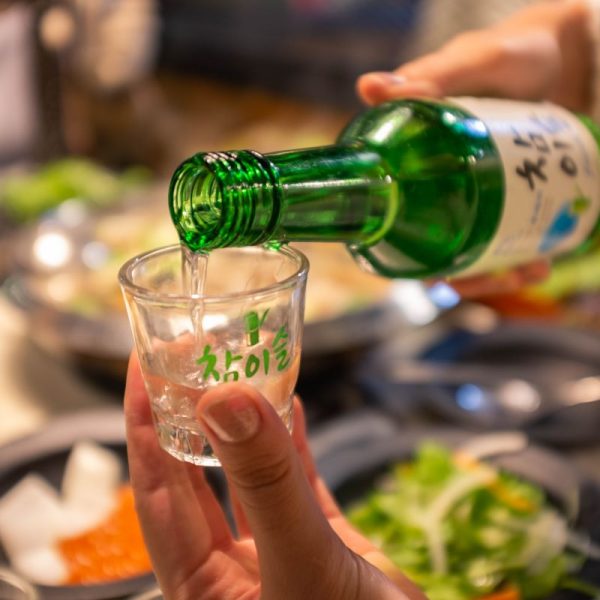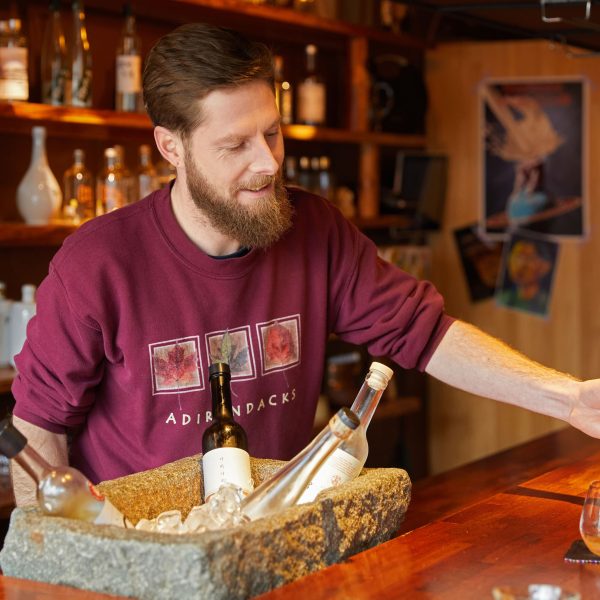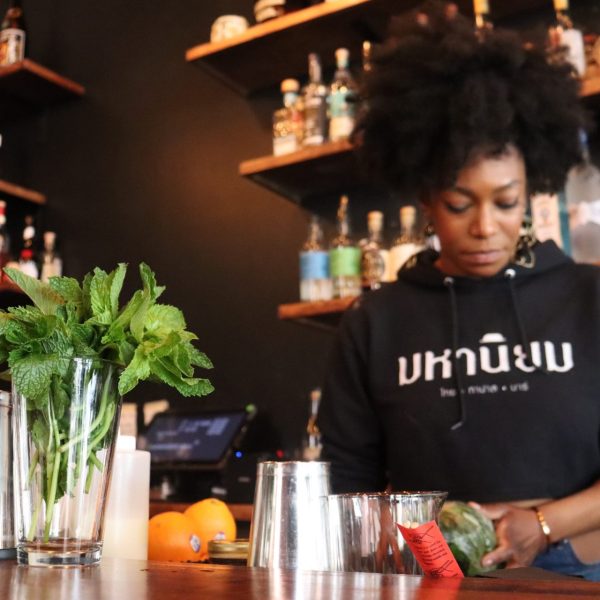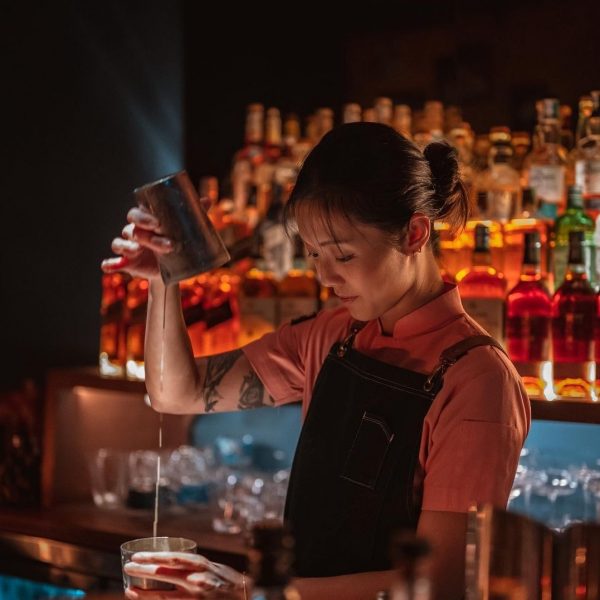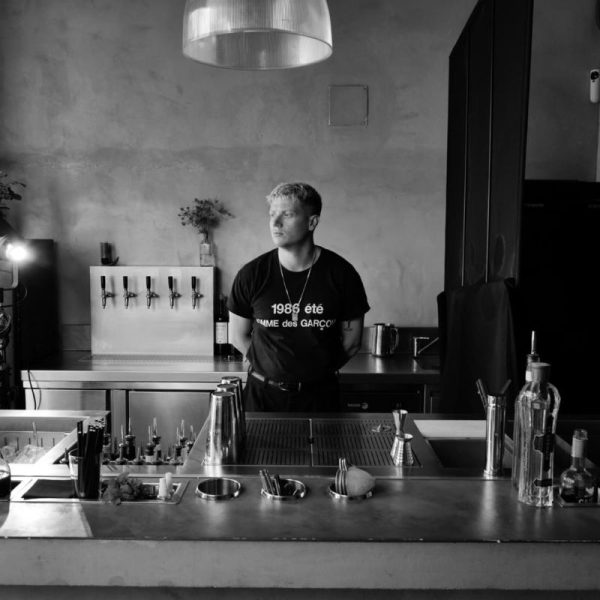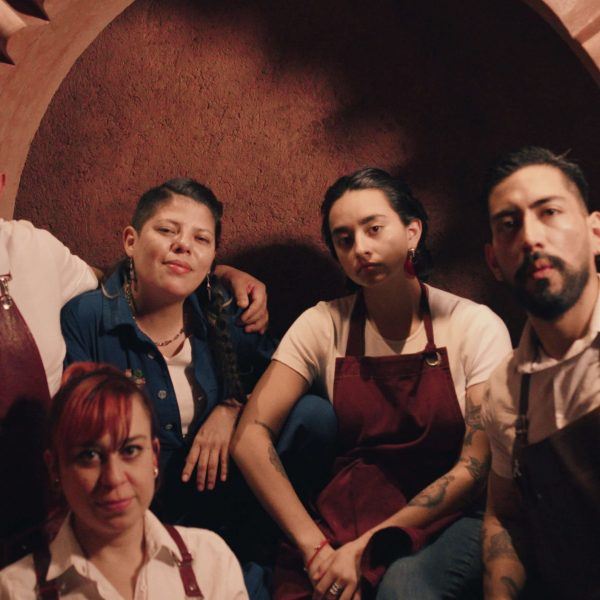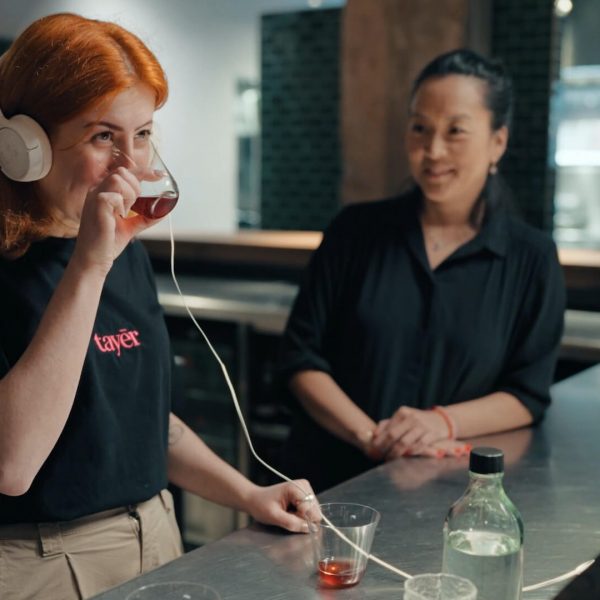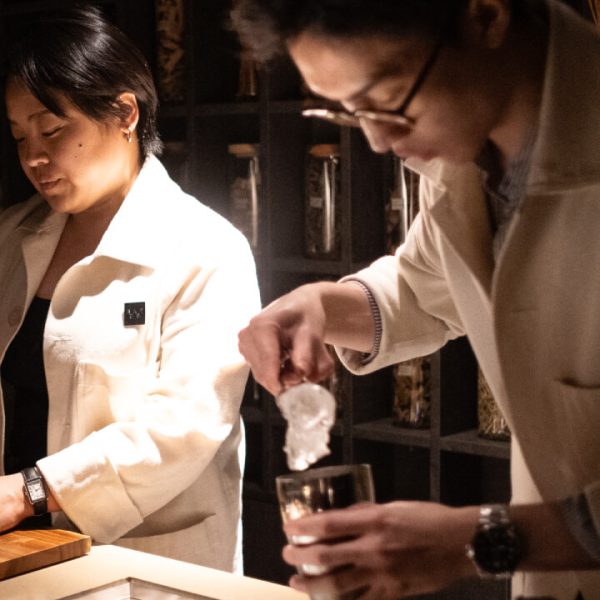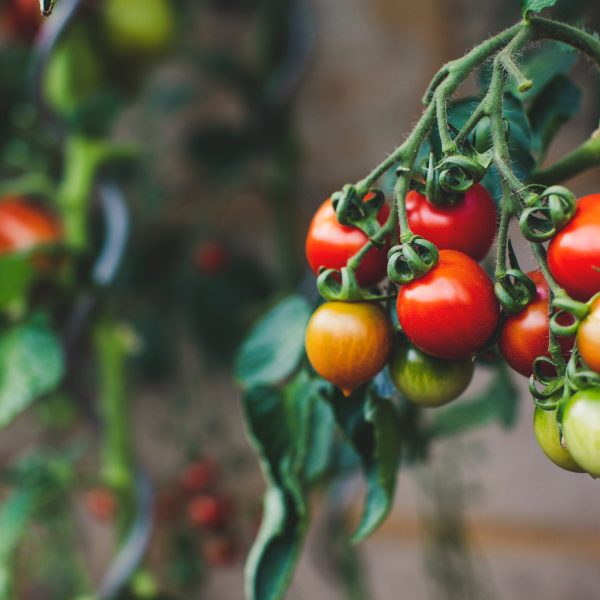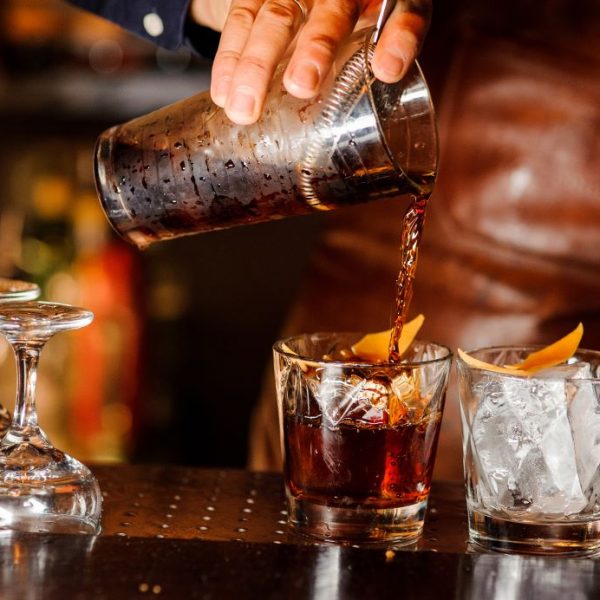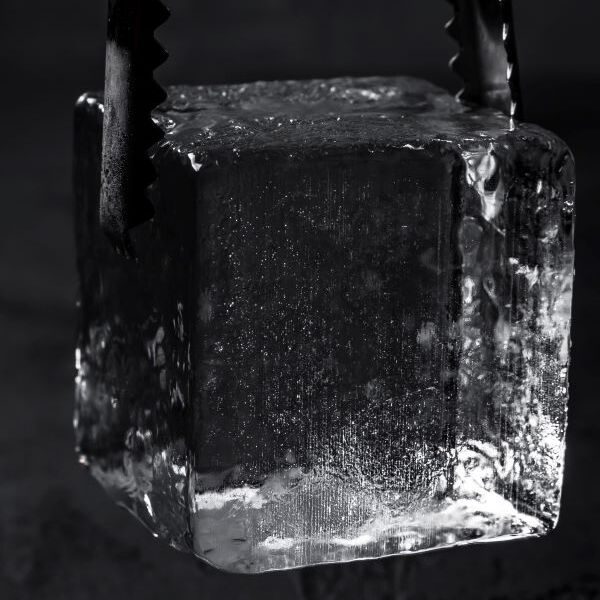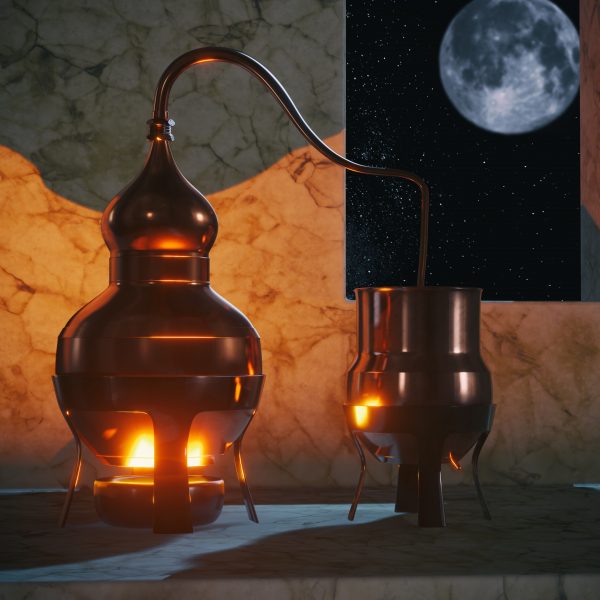Supply chain series: Sooji Im on how to source high-quality tea
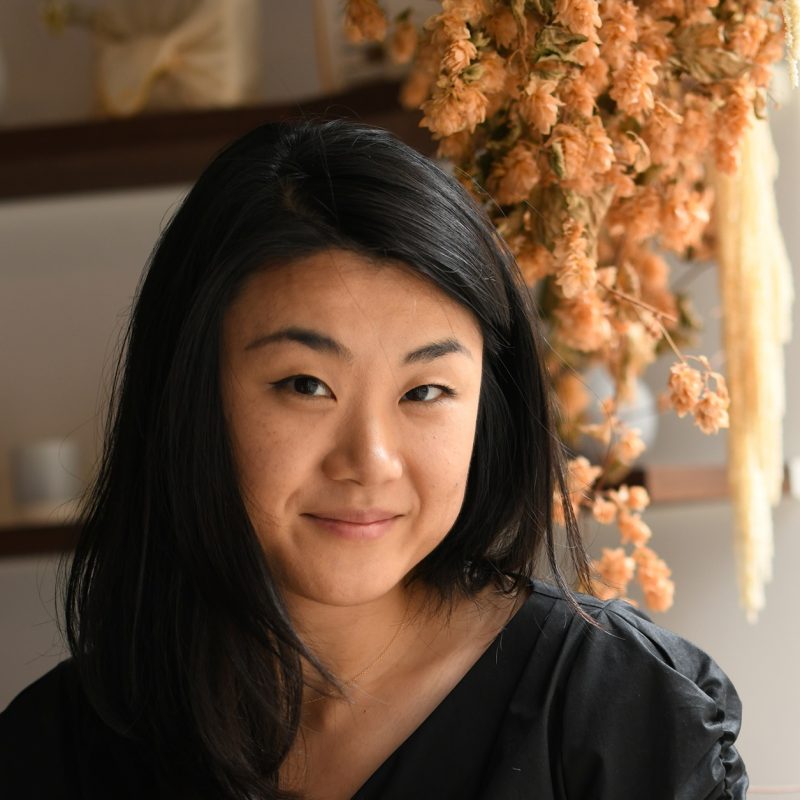
In the first of a new series on the drinks supply chain, Sooji Im, founder of London’s ‘be-oom’ Korean tea shop and garden explains what goes into producing really ‘good’ tea
Tea, one of the most loved commodities in the world that sparked wars between nations and even brought about Britain’s industrial revolution, is found just about everywhere – in your cupboard, office pantry, hotel rooms, on train snack carts and the list goes on. One’s day simply cannot go on without putting the kettle on.
When we talk about ‘good’ tea, however, what do we mean and how and where does one find it? I specifically deal with Korean tea and Korean tea only, but general rules of sourcing good tea apply everywhere.
The place
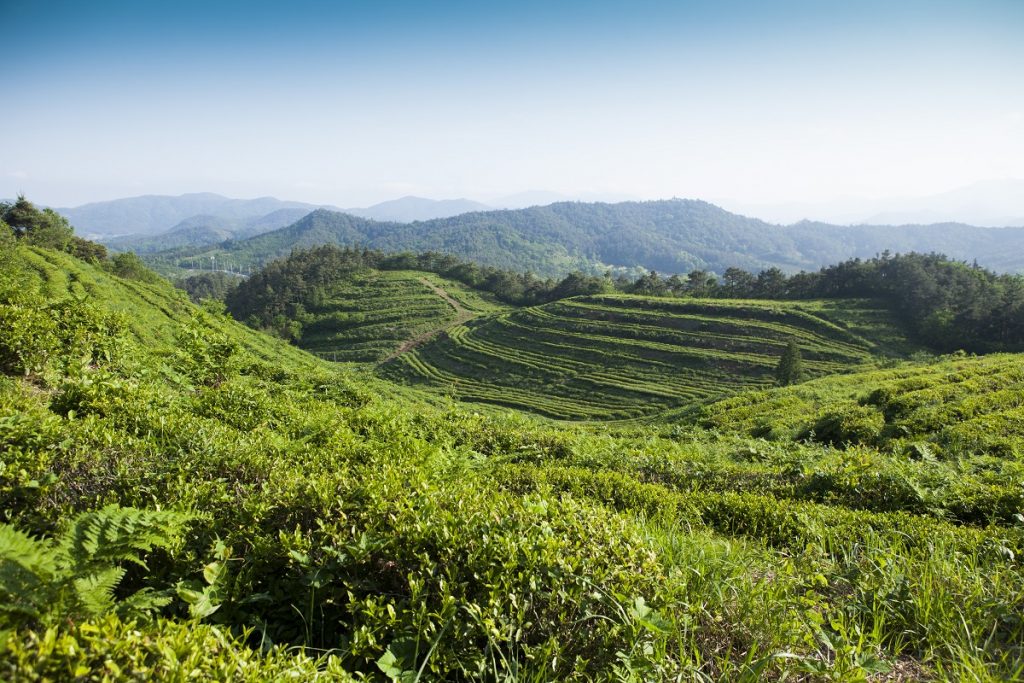
Tea isn’t too different from wine in that terroir plays a big role. Terroir generally refers to the climate, soil, altitude and latitude of the area in which the tea plant grows in. Climate has a significant impact on the survival of the plant as well as development of flavour and aroma. Generally speaking, it grows best in warm (21-29s), humid climates with a good amount of rainfall. And just like us humans, the tea plant needs a little bit of stress to develop its unique characteristic.
Altitude is important as it influences local climate – high-altitude areas generally have a complex climate (mist, temperature changes throughout the day, wind, rainfall, etc) which acts as a stressor on the plant. Tea grown in a high altitude will develop a distinct aroma as a result, whereas tea grown in constant climates will have a relatively ‘flat’ taste.
Depending on the terroir, the flavour of the tea plant varies vastly. Two areas I source from within Korea, Boseong and Hadong, located along the southern coast, have the ideal environment – the regions benefit from being in hilly, mountainous areas surrounded by rivers, full of natural minerals. Temperature during picking season in both areas averages at 10-27°C, with a good amount of rainfall.
The people
You often see that tea farms are localised in specific regions – it’s not only because of the terroir, but also because of the human resources and skillset needed to harvest the leaves. Harvesting and processing skills of farmers, namely picking, withering, oxidising, rolling and drying, significantly impact the flavour of the tea. These are skills that often get passed down to the next generation within the family, and each family will have its own ‘recipe’ that differentiates its tea.
That’s why we like to source from family-run tea farms that have been run over generations. One family-run tea farm that I work with in Boseong in Korea, for instance, is a fourth-generation tea farm that specialises in green tea; another family-run farm I work with in Hadong, has been running for three generations and has a very unique recipe for ‘balhyocha’, meaning oxidised tea, which smells and tastes very much like dark chocolate.
Even within the same farm, the flavour of the tea can sometimes differ year by year and flush by flush (flush means the order of picking i.e. first flush means first picking of the year) – again, not too different from wines in that sense. Although with teas, it’s best (unless it’s fermented tea like puerh) to consume as soon as possible and within the year it’s produced. I always like to sample the teas as soon as they have been harvested (typically around April) to start sourcing for the year.
The quality
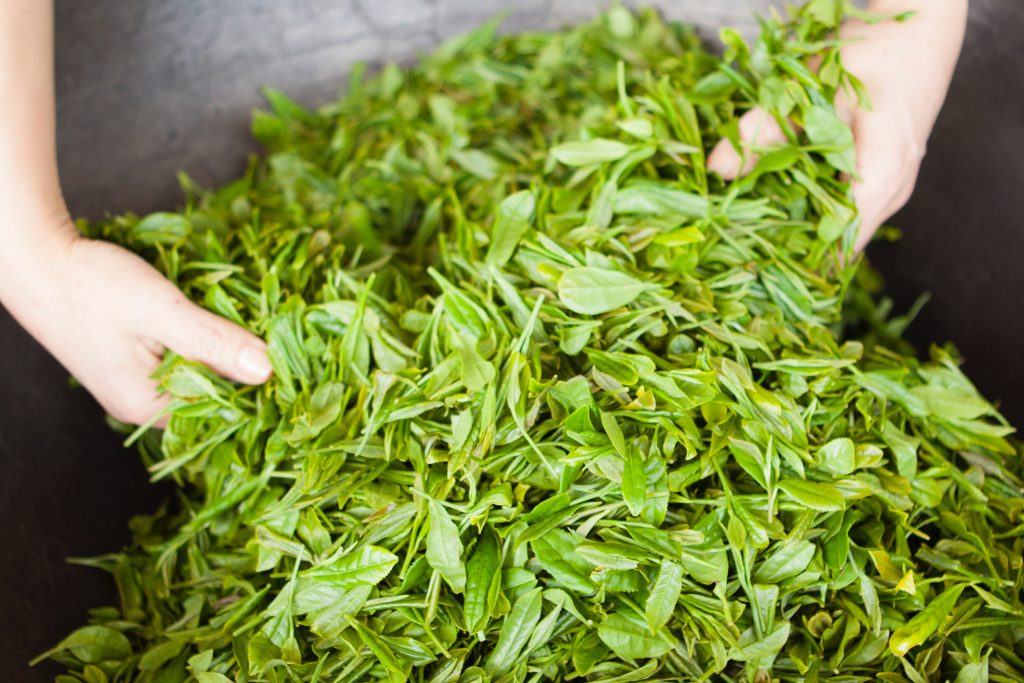
But really, one may ask: How should good tea taste differently from ‘supermarket’ teas? To put it very simply, good tea won’t need any milk or sugar. It should have a full aroma and flavour on its own, and it definitely will not need any fragrance added to it. Some companies will still infuse natural or artificial fragrance into the leaves, but the general opinion is that good tea won’t need anything extra.
In my opinion, good tea has a unique ‘sweetness’ that hits you at the back of the throat after a sip – we call it ‘returning sweetness’. By that I don’t mean ‘sugary’ sweetness – rather, it’s a delicate, pleasant sweetness that lingers in your mouth, with an aroma unique to the tea. Next time you take a sip of your favourite tea, close your eyes, take a deep breath in and take a moment before your next sip to see if there’s a returning aroma and sweetness –as you would when you take a moment to appreciate the flavour of wine and whisky.
Good tea is not hard to find, but you really have to look for it. It starts from looking at the back of the box to see where the tea is from and understanding a little bit more about what makes it special. But it ultimately comes down to what you enjoy the most. Even if someone tells you it’s a good quality tea, you may not appreciate it as much – it’s just not your cup of tea.

